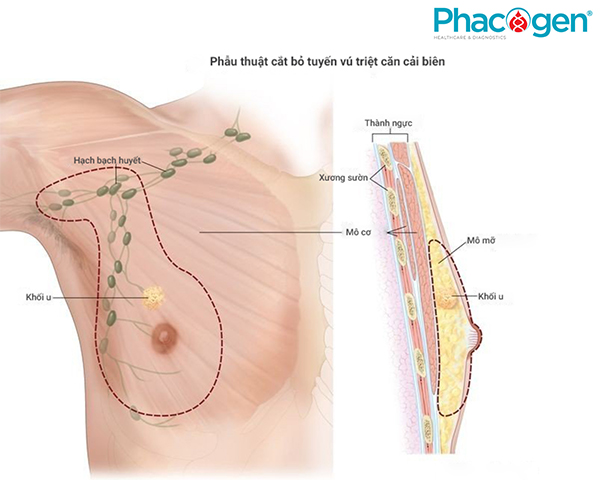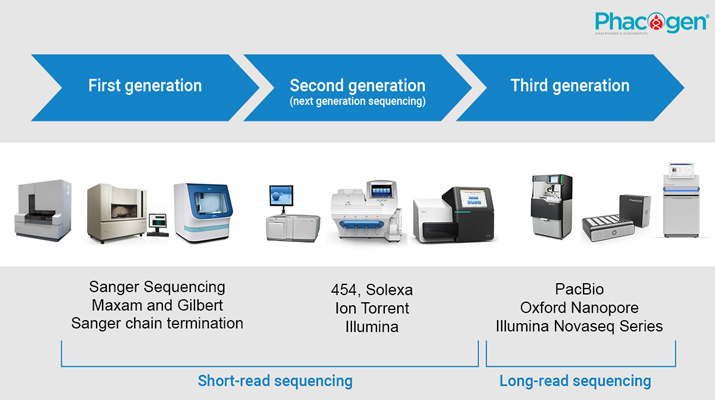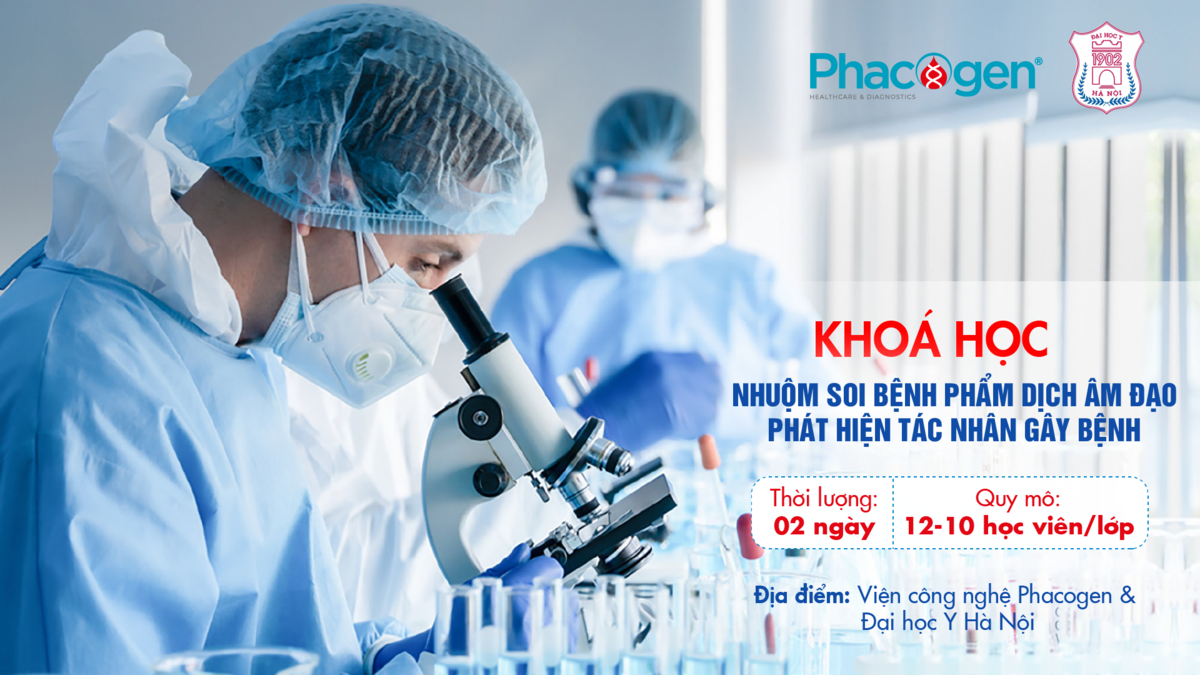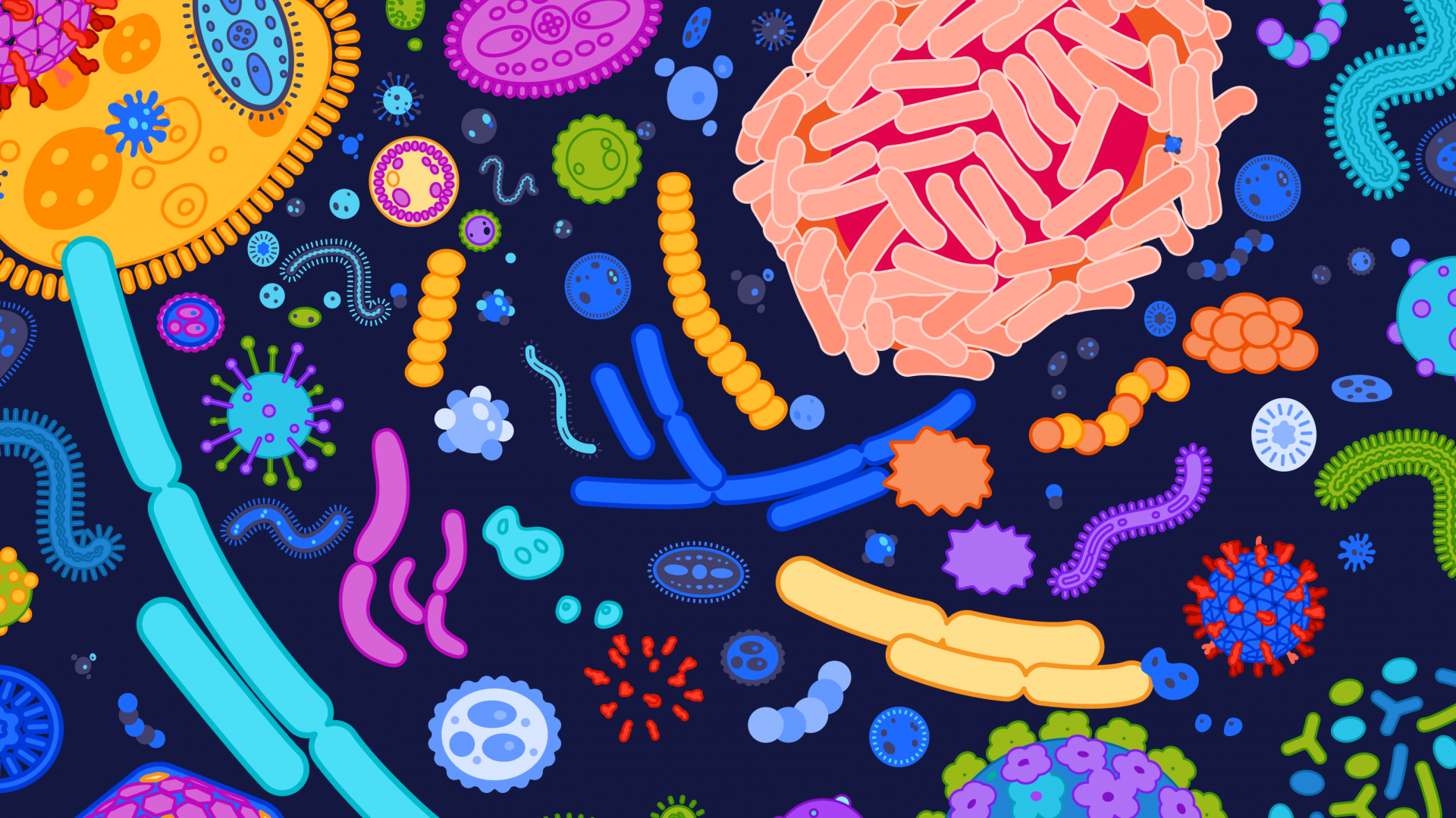In the United States, an estimated 1 in 100 cases of breast cancer is diagnosed in men, with approximately 350 male patients being diagnosed each year. In Australia, in 2022, this number was around 200 patients. Understanding the symptoms and risk factors can help men make appropriate adjustments to prevent and limit the progression of the disease.
1. Common Types of Cancer in Men
Invasive Ductal Carcinoma: Invasive ductal carcinoma is a type of breast cancer where cancer cells begin in the milk ducts and then invade surrounding breast tissue. These invasive cancer cells can also spread or metastasize to other parts of the body.
2. Invasive Lobular Carcinoma
Invasive lobular carcinoma is a type of breast cancer that starts in the lobules (small milk-producing glands) of the breast and then spreads to the surrounding breast tissue. Similar to invasive ductal carcinoma, the cancer cells in invasive lobular carcinoma can also invade and metastasize to other parts of the body.
3. Ductal Carcinoma in Situ (DCIS): Ductal carcinoma in situ is a non-invasive breast condition that may progress to invasive breast cancer. In DCIS, cancer cells are confined to the lining of the milk ducts and have not spread to other breast tissues

2. Common Symptoms of Male Breast Cancer
- There is a lump in the breast or in the area around the breast, such as under the armpit.
- Redness or peeling skin of the breast.
- The skin of the breast is sunken or wrinkled.
- Discharge from the nipple.
- Nipple inversion or pain around the nipple.
These symptoms can also occur in other non-cancerous conditions. If you experience any symptoms or changes, it is important to consult a doctor for timely examination and diagnosis.

3. The danger elements
There are certain factors that can increase the risk of developing male breast cancer. However, having these risk factors does not necessarily mean that one will develop breast cancer.
- Age: The risk of developing breast cancer increases with age. Most cases of breast cancer are diagnosed in individuals over the age of 50.
- Gene Mutations: Genetic mutations, such as alterations in certain genes like BRCA1 and BRCA2, can increase the risk of developing breast cancer.
- Family History of Breast Cancer: The risk of developing breast cancer in men is higher if a family member has had breast cancer.
- Radiation Therapy Treatment: Men who have received radiation therapy to the chest area have an increased risk of developing male breast cancer.
- Hormone Treatment: The use of hormone therapy, specifically medications containing estrogen, for the treatment of prostate gland cancer can increase the risk of male breast cancer.
- Klinefelter Syndrome: Klinefelter syndrome is a rare genetic disorder in males, where individuals are born with an extra X chromosome. This can lead to the production of more estrogen in the body, resulting in higher estrogen levels and lower androgen (hormone responsible for male sex characteristics) levels.
- Certain Testicular Conditions: Injuries, swelling, or surgical removal of the testicles can increase the risk of male breast cancer.
- Liver Disease: Liver cirrhosis can decrease androgen levels and increase estrogen levels in males, thereby increasing the risk of male breast cancer.
- Obesity: Older obese or overweight men have a higher risk of developing male breast cancer compared to men with normal weight.
All men can reduce their risk by maintaining a healthy weight, adopting a healthy lifestyle, and engaging in regular exercise.
Reference source:











